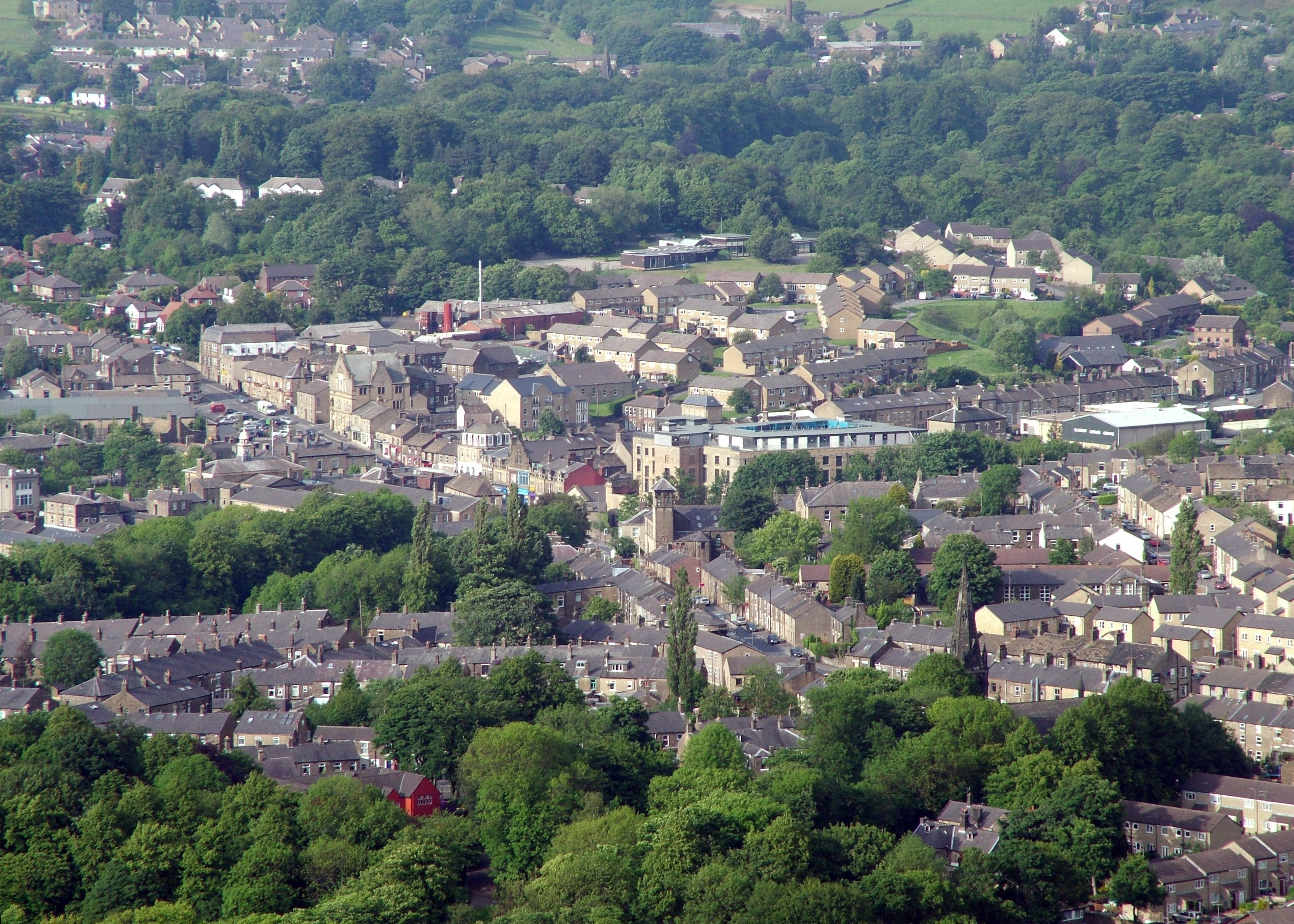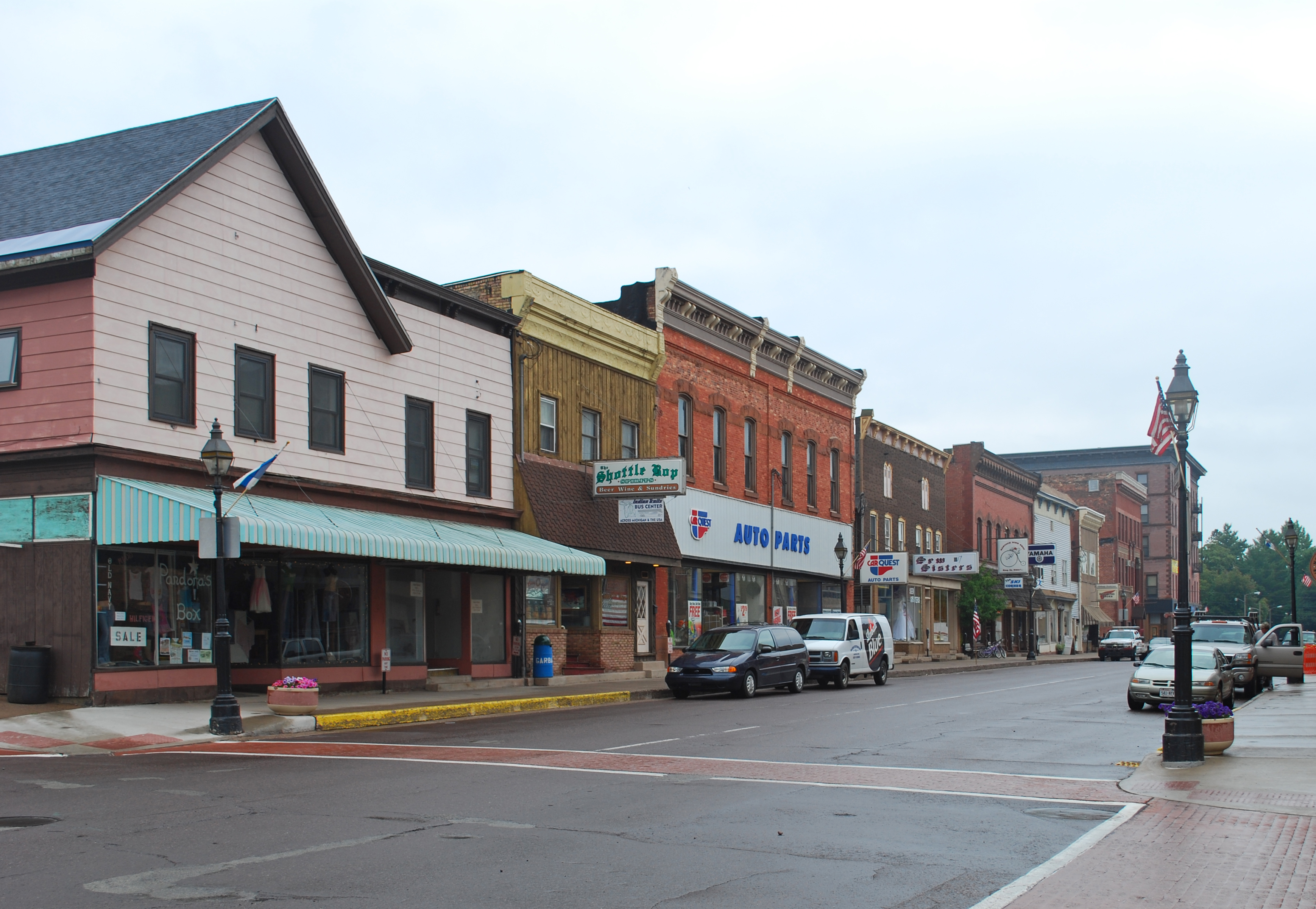|
Thornhill, Derbyshire
Thornhill is a village and civil parish in the county of Derbyshire, England, in the Peak District, south of Ladybower Reservoir Ladybower Reservoir is a large Y-shaped, artificial reservoir, the lowest of three in the Upper Derwent Valley in Derbyshire, England. The River Ashop flows into the reservoir from the west; the River Derwent flows south, initially through ... and east of Castleton. The population of the civil parish at the 2011 census was 154. See also * Listed buildings in Thornhill, Derbyshire References External linksParish Council website Villages in Derbyshire Towns and villages of the Peak District High Peak, Derbyshire {{Derbyshire-geo-stub ... [...More Info...] [...Related Items...] OR: [Wikipedia] [Google] [Baidu] |
High Peak, Derbyshire
High Peak is a Local authority district, local government district with borough status in Derbyshire, England, covering a high moorland plateau in the Dark Peak area of the Peak District National Park. The district stretches from Holme Moss in the north to Sterndale Moor in the south, and from Hague Bar in the west to Bamford in the east. The population of the borough taken at the 2011 Census was 90,892. The borough is unusual in having two administrative centres for its council, High Peak Borough Council; the offices are in Buxton and Glossop. Other towns include Chapel-en-le-Frith, Hadfield, Derbyshire, Hadfield, New Mills and Whaley Bridge. High Peak was the name of a Hundred (county division), hundred of the Historic counties of England, ancient county of Derbyshire covering roughly the same area as the current district. It may have derived its name from the ancient Forest of High Peak, a royal hunting reserve administered by William Peverel, a favourite of William I of En ... [...More Info...] [...Related Items...] OR: [Wikipedia] [Google] [Baidu] |
Derbyshire
Derbyshire ( ) is a ceremonial county in the East Midlands of England. It borders Greater Manchester, West Yorkshire, and South Yorkshire to the north, Nottinghamshire to the east, Leicestershire to the south-east, Staffordshire to the south and west, and Cheshire to the west. Derby is the largest settlement, and Matlock is the county town. The county has an area of and a population of 1,053,316. The east of the county is more densely populated than the west, and contains the county's largest settlements: Derby (261,400), Chesterfield (88,483), and Swadlincote (45,000). For local government purposes Derbyshire comprises a non-metropolitan county, with eight districts, and the Derby unitary authority area. The East Midlands Combined County Authority includes Derbyshire County Council and Derby City Council. The north and centre of Derbyshire are hilly and contain the southern end of the Pennines, most of which are part of the Peak District National Park. They include Kinde ... [...More Info...] [...Related Items...] OR: [Wikipedia] [Google] [Baidu] |
Civil Parish
In England, a civil parish is a type of administrative parish used for local government. It is a territorial designation which is the lowest tier of local government. Civil parishes can trace their origin to the ancient system of parishes, which for centuries were the principal unit of secular and religious administration in most of England and Wales. Civil and religious parishes were formally split into two types in the 19th century and are now entirely separate. Civil parishes in their modern form came into being through the Local Government Act 1894 ( 56 & 57 Vict. c. 73), which established elected parish councils to take on the secular functions of the parish vestry. A civil parish can range in size from a sparsely populated rural area with fewer than a hundred inhabitants, to a large town with a population in excess of 100,000. This scope is similar to that of municipalities in continental Europe, such as the communes of France. However, unlike their continental Euro ... [...More Info...] [...Related Items...] OR: [Wikipedia] [Google] [Baidu] |
County
A county () is a geographic region of a country used for administrative or other purposesL. Brookes (ed.) '' Chambers Dictionary''. Edinburgh: Chambers Harrap Publishers Ltd, 2005. in some nations. The term is derived from the Old French denoting a jurisdiction under the sovereignty of a count (earl) or, in his stead, a viscount (''vicomte'').C. W. Onions (Ed.) ''The Oxford Dictionary of English Etymology''. Oxford University Press, 1966. Literal equivalents in other languages, derived from the equivalent of "count", are now seldom used officially, including , , , , , , , and Slavic '' zhupa''; terms equivalent to 'commune' or 'community' are now often instead used. When the Normans conquered England, they brought the term with them. Although there were at first no counts, ''vicomtes'' or counties in Anglo-Norman England, the earlier Anglo-Saxons did have earls, sheriffs and shires. The shires were the districts that became the historic counties of England, and given the same ... [...More Info...] [...Related Items...] OR: [Wikipedia] [Google] [Baidu] |
Peak District
The Peak District is an Highland, upland area in central-northern England, at the southern end of the Pennines. Mostly in Derbyshire, it extends into Cheshire, Greater Manchester, Staffordshire, West Yorkshire and South Yorkshire. It is subdivided into the Dark Peak, moorland dominated by gritstone, and the White Peak, a limestone area with valleys and gorges. The Dark Peak forms an arc on the north, east and west of the district, and the White Peak covers central and southern areas. The highest point is Kinder Scout (). Most of the area is within the Peak District National Park, a protected landscape designated in 1951. A 2021 report states that "the Park's own population numbers around 40,000 and supports an estimated 18,000 jobs, predominantly through farming, manufacturing and, inevitably, tourism". The area has been inhabited since the Mesolithic era; it was largely used for agricultural purposes until mining arose in the Middle Ages. During the Industrial Revolution, seve ... [...More Info...] [...Related Items...] OR: [Wikipedia] [Google] [Baidu] |
Ladybower Reservoir
Ladybower Reservoir is a large Y-shaped, artificial reservoir, the lowest of three in the Upper Derwent Valley in Derbyshire, England. The River Ashop flows into the reservoir from the west; the River Derwent flows south, initially through Howden Reservoir, then Derwent Reservoir, and finally through Ladybower Reservoir. The reservoir is owned by the water company Severn Trent. The area is now a tourist attraction, with the Fairholmes visitors' centre located at the northern tip of Ladybower. The east arm of the reservoir, fed by the Ladybower Brook, is overlooked by Hordron Edge stone circle. Design and construction Ladybower was built between 1935 and 1943 by the Derwent Valley Water Board to supplement the other two reservoirs in supplying the water needs of the East Midlands. It took a further two years to fill, which was done by 1945. The dam differs from the Howden Reservoir and Derwent Reservoir in that it is a clay-cored earth embankment and not a solid masonry ... [...More Info...] [...Related Items...] OR: [Wikipedia] [Google] [Baidu] |
Castleton, Derbyshire
Castleton is a village and civil parish in the High Peak, Derbyshire, High Peak district of Derbyshire, England, at the western end of the Hope Valley, Derbyshire, Hope Valley on the Peakshole Water, a tributary of the River Noe, between the Dark Peak to the north and the White Peak to the south. The population was 544 at the 2021 United Kingdom census, 2021 Census. History Castleton village was mentioned as ''Pechesers'' in Domesday Book in 1086 where "Arnbiorn and Hundingr held the land of William Peverel's castle in Castleton".''Domesday Book: A Complete Translation''. London: Penguin, 2003. p.750 This land and Peveril Castle, Peverel's castle were amongst the manors belonging to William Peverel that also included Bolsover and Glapwell. St Edmund’s Church, Castleton, St Edmund's Norman architecture, Norman church was Victorian restoration, restored about 1837. It has late 13th-century tracery and an ashlar-faced English Gothic architecture#Perpendicular Gothic, Perpend ... [...More Info...] [...Related Items...] OR: [Wikipedia] [Google] [Baidu] |
Listed Buildings In Thornhill, Derbyshire
Thornhill, Derbyshire, Thornhill is a civil parish in the High Peak, Derbyshire, High Peak district of Derbyshire, England. The parish contains three Listed building#England and Wales, listed buildings that are recorded in the National Heritage List for England. All the listed buildings are designated at Grade II, the lowest of the three grades, which is applied to "buildings of national importance and special interest". The parish contains the village of Thornhill and the surrounding countryside, and the listed buildings consist of farmhouses and farm buildings. __NOTOC__ Buildings References Citations Sources * * * * {{DEFAULTSORT:Thornhill, Derbyshire Lists of listed buildings in Derbyshire ... [...More Info...] [...Related Items...] OR: [Wikipedia] [Google] [Baidu] |
Villages In Derbyshire
A village is a human settlement or community, larger than a hamlet but smaller than a town with a population typically ranging from a few hundred to a few thousand. Although villages are often located in rural areas, the term urban village is also applied to certain urban neighborhoods. Villages are normally permanent, with fixed dwellings; however, transient villages can occur. Further, the dwellings of a village are fairly close to one another, not scattered broadly over the landscape, as a dispersed settlement. In the past, villages were a usual form of community for societies that practice subsistence agriculture and also for some non-agricultural societies. In Great Britain, a hamlet earned the right to be called a village when it built a church.-4; we might wonder whether there's a point at which it's appropriate to talk of the beginnings of French, that is, when it wa ... ''village'', from Latin ''villāticus'', ultimately from Latin ''villa'' (English ''villa''). Ce ... [...More Info...] [...Related Items...] OR: [Wikipedia] [Google] [Baidu] |
Towns And Villages Of The Peak District
A town is a type of a human settlement, generally larger than a village but smaller than a city. The criteria for distinguishing a town vary globally, often depending on factors such as population size, economic character, administrative status, or historical significance. In some regions, towns are formally defined by legal charters or government designations, while in others, the term is used informally. Towns typically feature centralized services, infrastructure, and governance, such as municipal authorities, and serve as hubs for commerce, education, and cultural activities within their regions. The concept of a town varies culturally and legally. For example, in the United Kingdom, a town may historically derive its status from a market town designation or City status in the United Kingdom, royal charter, while in the United States, the term is often loosely applied to incorporated municipality, municipalities. In some countries, such as Australia and Canada, distinction ... [...More Info...] [...Related Items...] OR: [Wikipedia] [Google] [Baidu] |





